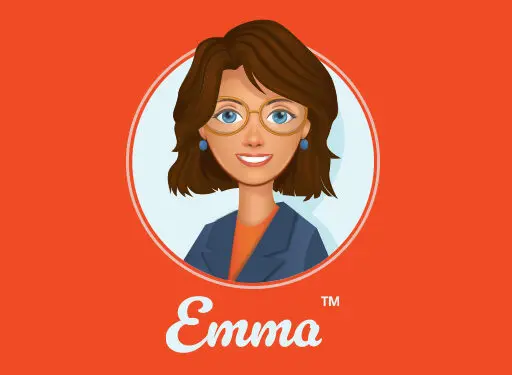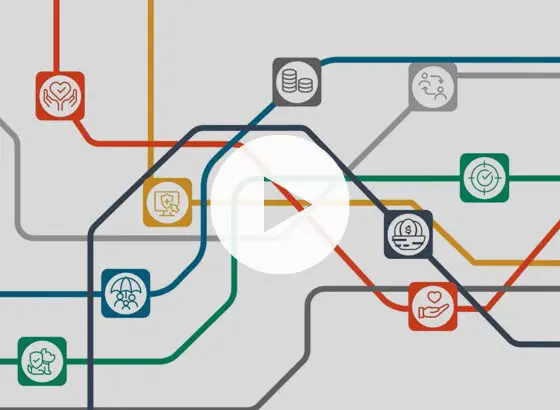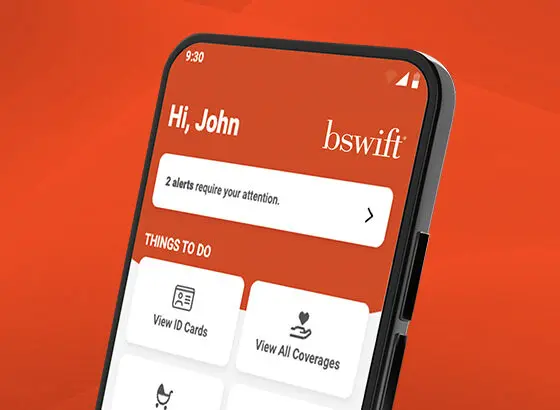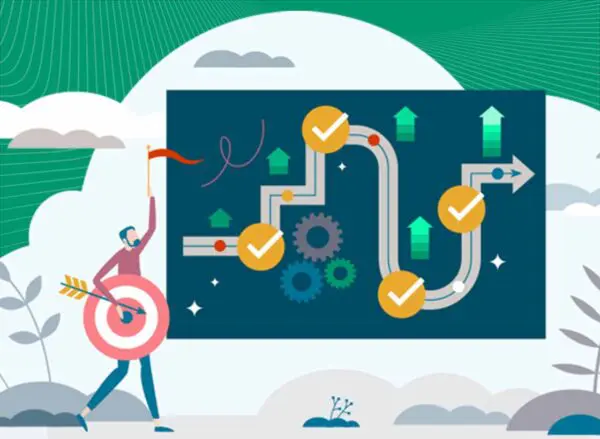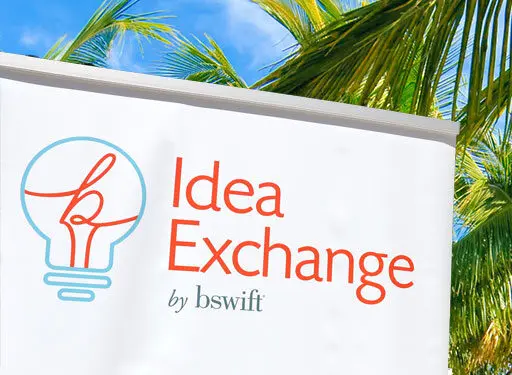As an HR professional, you’re all too familiar with rising healthcare costs and the search for better cost containment strategies for employee benefits. Employee healthcare cost containment strategies are not just nice to have, they’re a must. That made cost containment a popular topic at bswift’s Idea Exchange 2024 in Palm Springs, California.
The allure of “shiny new object” treatments hyped on social media, an aging population (11,200 people turn 65 every day!), and a fragmented care system all put upward pressure on healthcare costs.
And, on top of that, the ripple effects of the pandemic are still moving through the system. Medical experts and organizations like the American Heart Association caution that the disruption to screenings and preventative care could lead to more complex medical conditions because of delayed diagnoses and treatments.
The good news? Employers can leverage proactive cost containment strategies to get ahead of healthcare cost drivers. And it empowers employees’ health and wellbeing, and improves the bottom line.
And at bswift’s Idea Exchange conference, leading industry experts on our Innovative Cost Containment Strategies panel broke it all down. They shared some of the most promising ways HR can bend the cost curve.
Remove Barriers to Care with Strategic Plan Design Changes
One of the most immediate cost containment tactics HR can implement is reviewing plan design strategies and employee benefits offerings. HR can adjust plan designs to reduce or eliminate deductibles, coinsurance, and copays for preventive care and disease management programs. This can help improve engagement and contain costs.
“Maybe it’s a heart health coaching program that’s working well – make it free – no coinsurance, no deductible, no copay,” said bswift Advisory Council member Eric Grossman.
To identify the right plan design changes, Grossman recommends asking health plans for “demonstrable evidence that shows, in sorted descending order, what programs are working and what dependent variables drove the highest cost reduction.” This pinpoints which high-value programs HR can incentivize by eliminating cost-sharing.
Leverage Data, AI, and Predictive Analytics for Smarter Healthcare
Panelists repeatedly emphasized the importance of data analysis and measurement in achieving cost containment and fostering a culture of health in the workplace. As Grossman highlighted, any cost-saving strategy requires proving effectiveness through comprehensive data analytics, rather than relying on “the same stale programs year after year without evidence behind their yields.”
AI-powered analytics help identify trends, predict potential risks, and personalize care interventions. Panelists could see a future where preventive care leveraged data from wearables, smart home technology, and medical implants. “The more we can learn from sensor data and other sources, the more we’ll proactively move care upstream in a preventive direction,” said Idea Exchange panelist Bryan Levy of Inspira Financial.
It’s not hard to imagine a scenario where wearables track more than just steps, activity levels, and sleep. They can track an employee’s heart rate, blood pressure, blood oxygen levels, and dozens more metrics. AI can then analyze this data and predict potential health risks, allowing for early intervention.
Engage Your Workforce with Continuous Employee Benefits Education
But even the most advanced predictive capabilities are toothless without engaged employees. Studies show that easy-to-understand employee benefits communications result in better comprehension and better benefits utilization. It’s particularly true when the communications are tied to key life events.
A whopping 73% of employees spend less than an hour reviewing their benefits at enrollment time, according to SHRM. And 41% of employees spend less than 30 minutes. It’s no wonder that SHRM also reports that 73% of HR professionals say employees are only “somewhat knowledgeable” about their benefits.
“We have to get creative with approaches like gamification, applying behavioral economics principles, and even some well-meaning ‘peer pressure’ tactics,” Levy noted. “The more we can seamlessly integrate health education and make making the right preventive choices feel rewarding, the better.”
Panelists stressed the need to focus on employee benefits communications best practices, aligning messaging to employees’ personal health and wellness journeys. The key is to create an ongoing “breadcrumb” trail of employee benefits communication throughout the year. It’s the best way to avoid a firehose of information during annual enrollment.
Measure for Success: Optimize Your Benefits with Data-Driven Insights
Of course, any cost containment strategy is merely theoretical without measurement and analysis. The resounding theme from the Idea Exchange panelists was “prove it.” And that requires robust reporting and data analytics tools.
“Health plans and vendors need to be pushed to run frequent cohort analyses, measure meaningful real-world results, and demonstrate the descending order of what programs are truly working,” Grossman emphasized.
Every stakeholder – employers, members, health plans, and partners – should be able to leverage data-driven decision-making to see what’s moving the needle. As Grossman advised, “Ask for study designs, put that in your contracts because you don’t have to wait a year to see if a program is working.”
By incorporating data-driven evaluations into contracts with health plans and vendors, organizations can continuously optimize their programs for maximum impact.
The Path Forward with bswift
The future of employee benefits is brimming with possibilities for employers. And with smart plan design, AI and predictive analytics, and a commitment to measuring what matters, employers can control costs while still prioritizing employee wellbeing.
There’s no magic wand HR can wave to reduce healthcare expenses. But bswift ensures the tools and tech are in place to simplify and optimize benefits administration. That way you can focus on the parts of your job you love the most.












